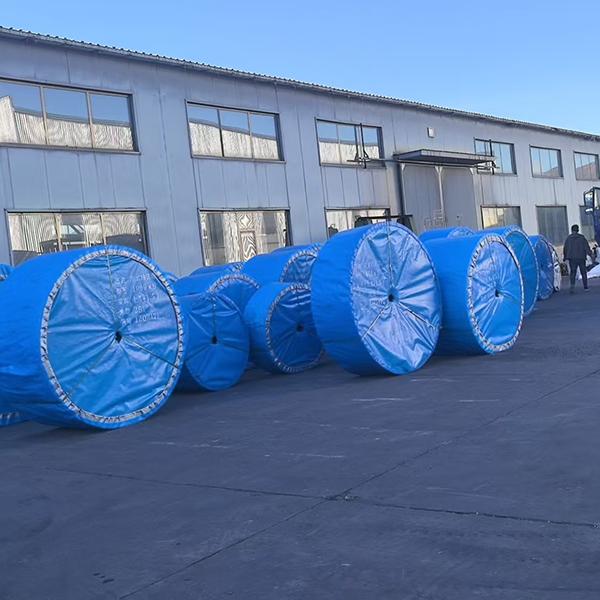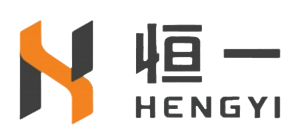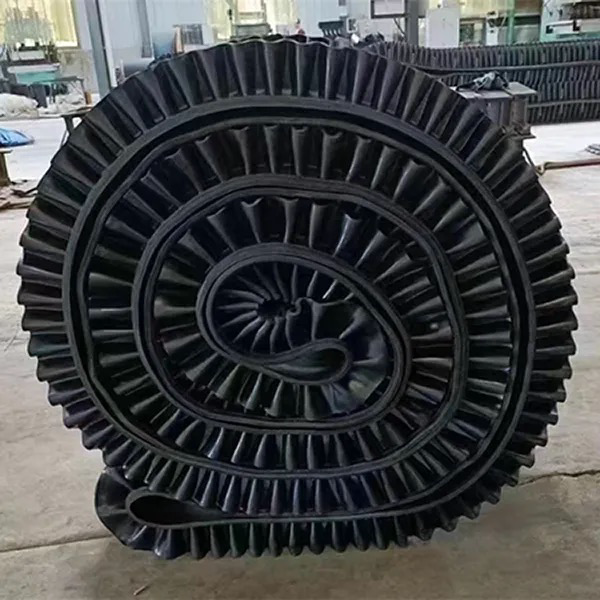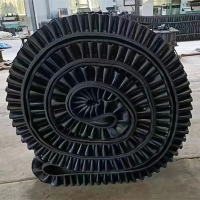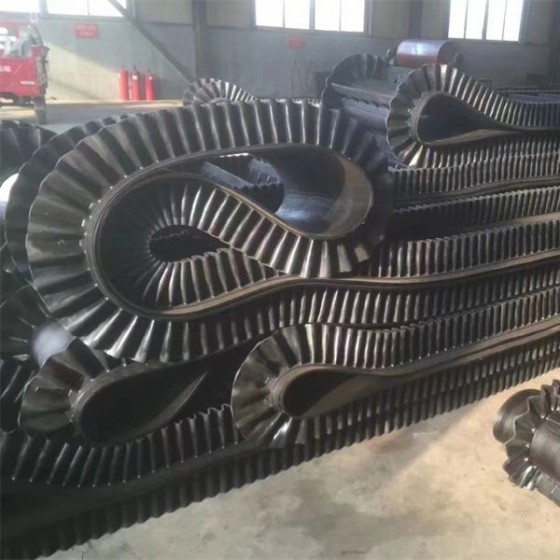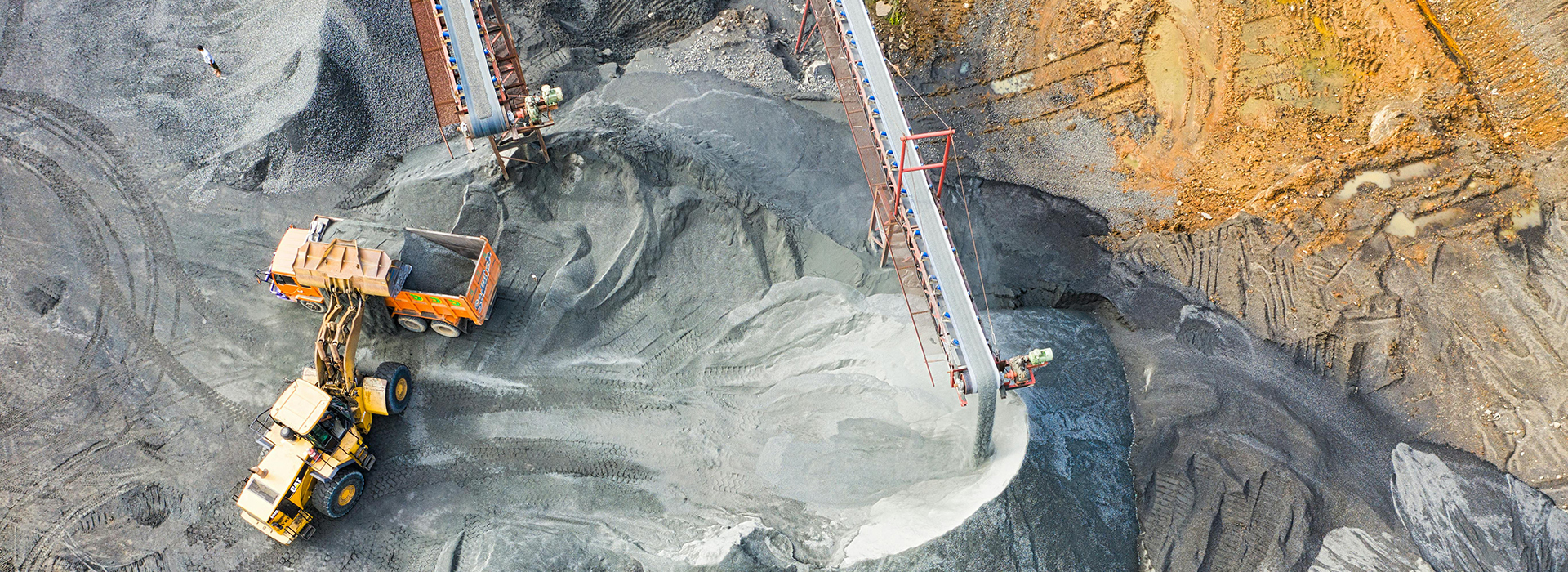
Bandas transportadoras laterales de peso pesado
1. La correa lateral aumenta la capacidad de transporte a cuatro veces la de las correas transportadoras estándar.
2. La correa lateral puede aumentar el ángulo de inclinación a 90°, reduciendo así el espacio de instalación.
3. La correa lateral puede utilizar poleas de diámetro más pequeño sin placas de faldón.
- Hengyi
- Shenyang, Liaoning
- Depende de la situación real.
- 12 millones de ㎡/año
- información
Introduction of Sidewall Belt:
The Sidewall Belt is composed of three parts: the base belt, the side wall, and the diaphragm. The rubber side wall conveyor belt play a role in preventing materials from sliding and falling. To facilitate the passage around the rollers, the rubber side wall conveyor belt are designed in a wavy shape. The sidewall belt diaphragm is used to support the materials. To achieve a large inclination angle for conveying, the T-shaped and TC-shaped diaphragms are adopted. The reinforcing ribs and diaphragms are connected to the base belt through a secondary vulcanization process, ensuring a high connection strength.
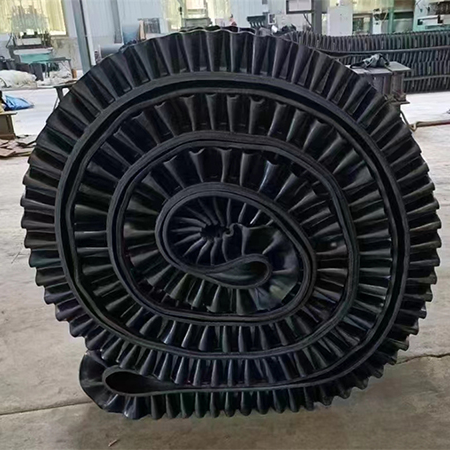
Structure of Sidewall Belt:
The Sidewall Belt consists of three parts: the side plates, the side walls, and the base belt. The rubber side wall conveyor belts are the main components for carrying high-capacity and steep-angle materials, typically in T or TC shapes. The corrugated wall conveyor belt of side walls protect bulk materials from scattering and side slipping. Designed by experienced engineers, the corrugated wall conveyor belt of side walls are in a corrugated shape and can withstand high stress and repeated bending. These two parts are connected to the base belt through secondary hot vulcanization, forming a super-strong bond between the side walls, side plates, and base belt.
Storage of corrugated wall conveyor belt:
1. Dry and ventilated: Corrugated wall conveyor belt ribs should be kept away from moisture and water, and stored in a dry and well-ventilated indoor environment. It is recommended to store them in a roll to prevent aging and mold of the rubber.
2. Suitable temperature: The storage temperature of the corrugated wall conveyor belt should be controlled between -10°C and +40°C, avoiding direct sunlight or storing in high or low temperature environments.
3. Keep away from chemicals: The corrugated wall conveyor belt should be covered with a dust cover or plastic film to prevent dust and debris from adhering, and avoid contact with chemicals such as oils, solvents, acids, alkalis, etc., so as not to damage the rubber material.
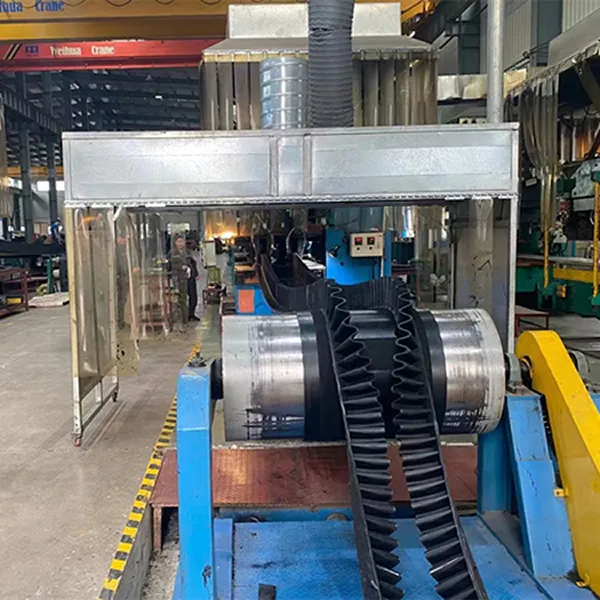
Why Choose Us?
We always insist on selecting high-quality raw materials, combined with advanced production technology, to ensure that each conveyor belt has excellent wear resistance, tensile strength, and can maintain stable operation in various complex situations. In addition, we provide a full range of pre-sales consulting and after-sales services, and develop solutions according to the specific needs of customers to ensure that your production efficiency is maximized. Choosing us is not only choosing a high quality conveyor belt, but also choosing a trustworthy partner.
